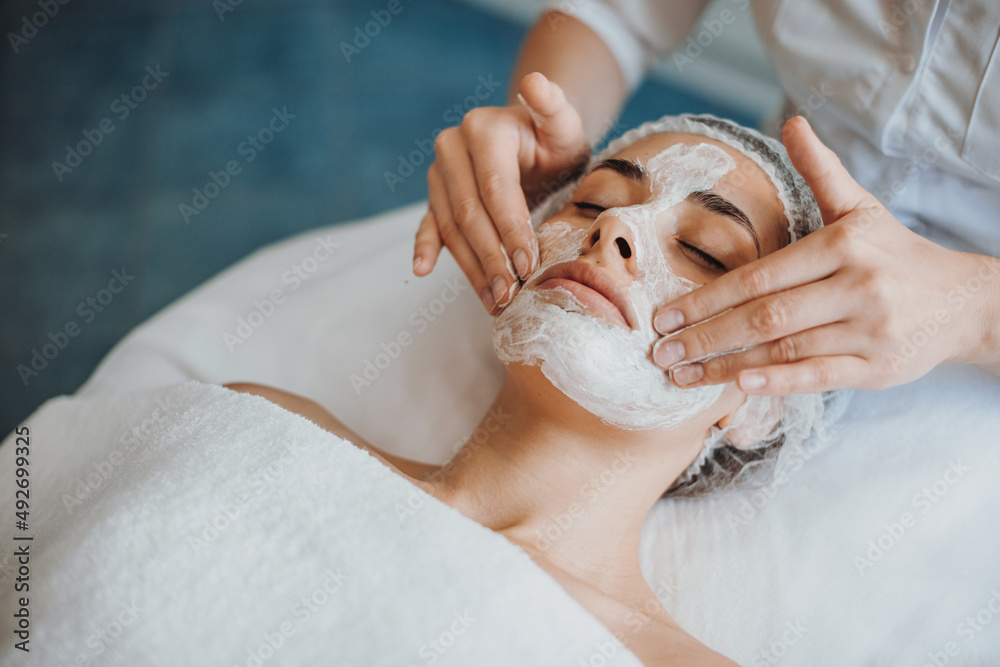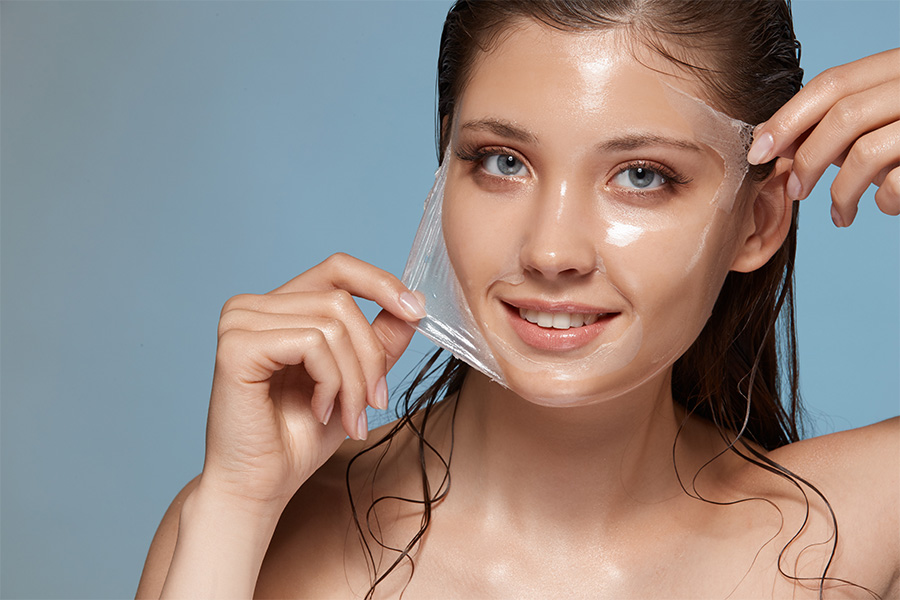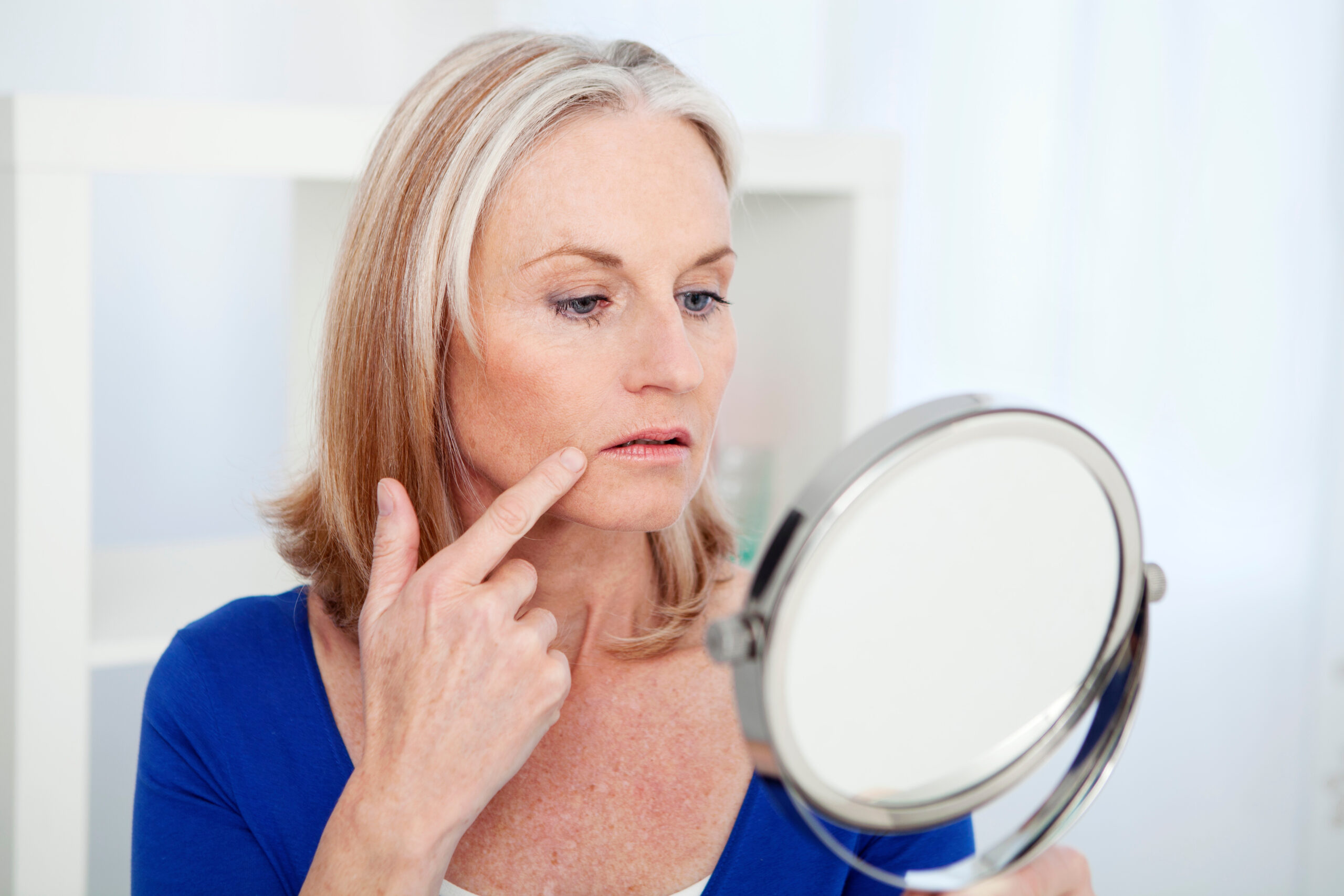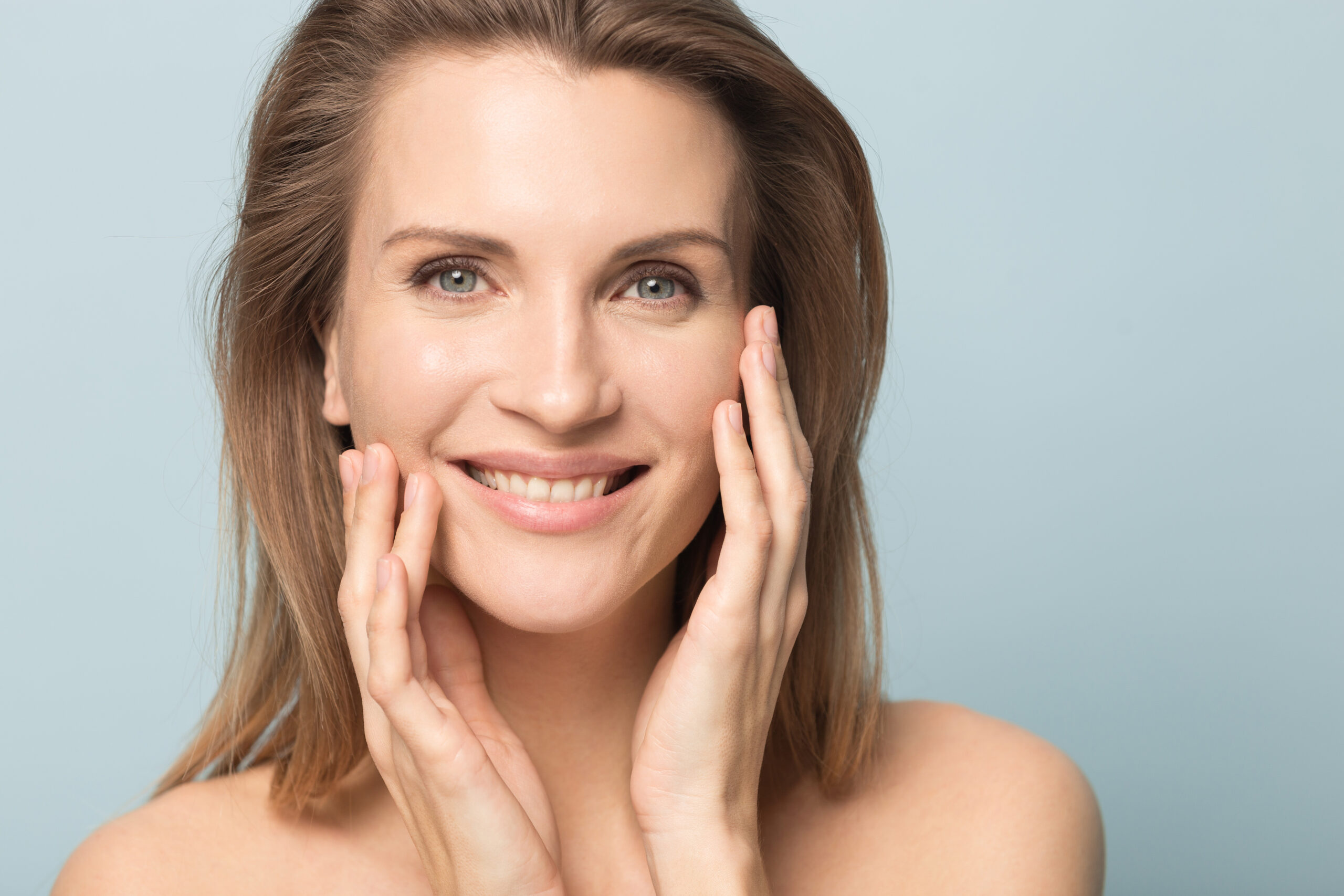Chemical peels have become a popular choice for those seeking to improve their skin’s appearance, offering a range of benefits from treating acne scars to reducing fine lines. But many people still wonder, “Are chemical peels safe?” This question is crucial for anyone considering this treatment. In this article, we’ll explore the science behind chemical peel benefits, potential chemical peel risks, and how to ensure a safe skin treatment for acne scars and other skin concerns.
Overview of Chemical Peels
Are Chemical Peels Safe for All Skin Types?
Chemical peels are skin treatments that involve applying a chemical solution to exfoliate the outer layers of the skin. This process promotes new skin cell growth, revealing a smoother and more youthful complexion. There are three main types of chemical peels:
- Superficial Peels: These use mild acids like alpha-hydroxy acid (AHA) to gently exfoliate the skin. They are often considered among the best chemical peels for sensitive skin and are a safe skin treatment for acne scars with minimal downtime.
- Medium Peels: Utilizing trichloroacetic acid (TCA), these peels penetrate deeper layers of the skin, making them effective for treating chemical peels for hyperpigmentation, acne scars, and fine lines. While effective, they require a longer recovery period.
- Deep Peels: These involve stronger acids such as phenol and provide significant improvement for severe wrinkles and scars. However, they come with more chemical peel risks and require a longer recovery time.
Scientific Research on Safety and Effectiveness
Research supports the safety and effectiveness of chemical peels when administered properly. Studies have shown that chemical peels for hyperpigmentation, acne, and aging signs provide significant benefits.
Scientific Studies on Chemical Peel Safety:
| Study | Chemical Peel Type | Key Findings | Safety Outcome |
|---|---|---|---|
| Journal of Clinical and Aesthetic Dermatology (2020) | Superficial & Medium Peels | Effective in treating acne scars and hyperpigmentation | Minimal side effects when performed by professionals |
| Dermatologic Surgery (2018) | Salicylic Acid Peels | Reduced active acne lesions significantly | Safe with minor, temporary peeling |
| International Journal of Dermatology (2019) | Glycolic Acid Peels | Improved skin texture and reduced hyperpigmentation | Safe, with only mild irritation in sensitive skin types |
| Journal of Cosmetic Dermatology (2021) | Deep Phenol Peels | Showed dramatic improvement in deep wrinkles | Requires careful monitoring due to longer recovery |
| Journal of Dermatologic Surgery (2024) | Glycolic Acid Peels | Safe and effective in treating melasma | Minimal side effects under professional supervision |
| Journal of Drugs in Dermatology (2024) | Superficial & Medium Peels with Neurotoxins | Safe for same-day treatment with neurotoxin procedures | Expanded use with safe outcomes when done by experts |
These studies confirm that chemical peel benefits outweigh the risks when performed correctly.
Common Misconceptions About Chemical Peels
Many people believe chemical peels lead to excessive peeling, scarring, or increased sensitivity. However, chemical peel side effects are rare when performed by professionals. Proper chemical peel aftercare is essential for minimizing risks.
- Myth: Chemical peels cause extreme peeling and irritation. Fact: While some peeling is normal, especially with medium and deep peels, it is manageable with proper care.
- Myth: Chemical peels make the skin overly sensitive to the sun. Fact: Skin is temporarily more sensitive, but using sunscreen and following aftercare instructions can maintain safety.
Who Should (and Shouldn’t) Get a Chemical Peel?
Are Chemical Peels Safe for Everyone?

While chemical peels are safe for most, some individuals should exercise caution:
- Sensitive Skin: People with reactive skin should choose the best chemical peels for sensitive skin, as stronger peels may cause irritation.
- Active Skin Infections or Conditions: Individuals with herpes, warts, or severe dermatitis should avoid chemical peels.
- Medications and Health Conditions: Those on isotretinoin or who are pregnant should consult a dermatologist before treatment.
How to Ensure a Safe Treatment
To maximize chemical peel benefits and minimize chemical peel risks, follow these steps:
- Consult a Qualified Professional: Ensure treatment is performed by a board-certified dermatologist or licensed skincare expert.
- Pre-Treatment Preparation: Learn how to prepare for a chemical peel by avoiding exfoliating products and retinoids before treatment.
- Proper Aftercare: Follow chemical peel aftercare instructions, such as moisturizing, avoiding sun exposure, and resisting the urge to peel the skin.
- Patch Testing: If you have sensitive skin, a patch test can help prevent adverse reactions.
Conclusion: Are Chemical Peels Safe?
When performed correctly, chemical peels are safe and highly effective for improving skin texture, treating chemical peels for hyperpigmentation, and addressing acne scars. Always choose dermatologist-approved chemical peels and follow proper chemical peel aftercare to achieve the best results.
Understanding what to expect after a chemical peel treatment can help you make an informed decision and safely enjoy the benefits of this transformative skin procedure.
Chemical peels have become a popular choice for those seeking to improve their skin’s appearance, offering a range of benefits from treating acne scars to reducing fine lines. But many people still wonder, “Are chemical peels safe?” In this article, we’ll explore the science behind chemical peel benefits, potential risks, and how to ensure a safe treatment. Understanding whether chemical peels are safe can help you make an informed decision about this popular skincare procedure.




